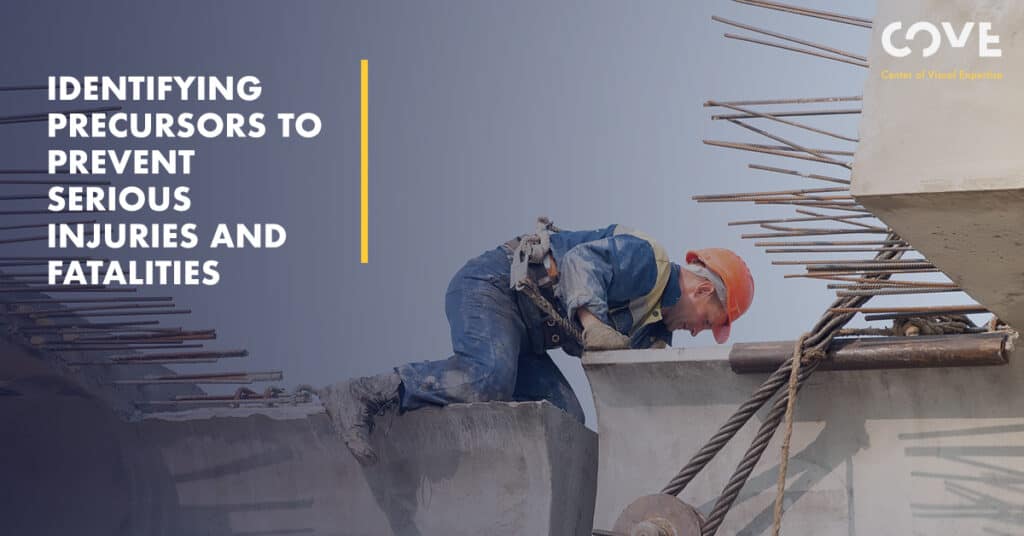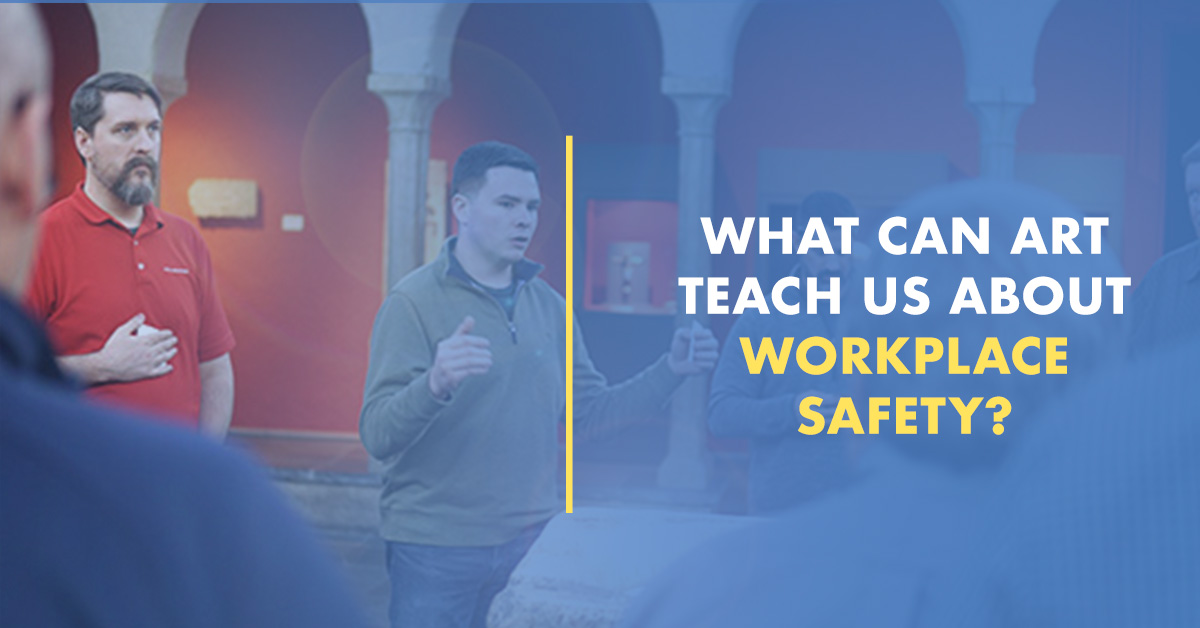In the war against occupational injuries, illnesses and deaths, there has been a breakthrough and significant advance on one front. And a stalemate, in fact a retreat, on another front.
U.S. private industry employers reported 2.8 million nonfatal injuries and illnesses in 2019, or 2.8 cases per 100 full-time workers, according to the U.S. Bureau of Labor Statistics (BLS). This is the same rate reported in 2018 and 2017. The case rate decreased in manufacturing from 3.4 in 2018 to 3.3 in 2019.
Employers, and their health and safety professionals, have achieved much progress in reducing overall injuries and illnesses. In 2000, BLS reported 5.7 million cases, for a case rate of 6.1 per 100 full-time workers. In 1995, the case rate was 8.1.
Similar success has been elusive in reducing workplace serious injuries and fatalities (SIFs). In 2000, BLS reported 5,915 fatal work injuries. In the most recent year studied, 2019, 5,333 fatalities occurred on the job, a two percent increase from 2018. Not since 2007 has the number of work fatalities been as high as in 2019.
Equally difficult have been efforts to reduce the most serious injuries – those that involved, or could have involved, life-altering or life threatening consequences.
Serious Injuries and Fatalities (SIFs) result from higher-risk work where safety management controls are either absent, ineffective or not complied with. Safety controls are critical to mitigate the potential severity and probability with well-documented precursors to SIFs, including:
- Work with electricity and energized equipment
- Confined space entry
- Work pinched between in the line of fire and release of significant energy
- Driving a vehicle
- Work at elevation
- Work with barriers, machine guards
- Arc flash potential
- Work under a suspended load
Knowing these precursors enables targeted hazard identification. Yet many SIF precursors are in plain sight and go unnoticed. To improve SIF prevention that has challenged companies for decades requires a renewed commitment to critical thinking and new hazard identification and observation techniques. Visual Literacy is a new paradigm in this respect. In simplistic terms, Visual Literacy is the Art of Seeing. The pace and complexity of modern work can make it difficult to truly learn to see hazards and unsafe conditions. This is just one challenge.
There are others. We’re human; we all make mistakes. This includes failing to truly see a hazard, and failing to critically assess the associated risk. Another cause of oversights: we actually see as little as ten percent of what we think we are seeing, according to research. Up to 90 percent is filled in by our brain and what we expect to see. And what we expect to see is often skewed by our visual biases. These biases cause us to attempt to see hazards while wearing blinders.
For example, we can become anchored to certain hazard information over time, and resist new inputs. We may see, or miss hazards, because we go along with how our group identifies hazards. Or we may choose to agree with hazard information as judged by an individual we respect, as opposed to hard factual data.
Visual Literacy improves our ability to truly see SIF precursors with more depth, breadth and penetrating concentration. We slow down, even just a bit, to take the time to first look, observe more closely, and see with newfound clarity. We do this objectively, without bias and with an open mind. And we do this employing critical thinking skills: accurate descriptions, thoughtful analysis, granular interpretations and evaluations, and the ability to communicate what we have discerned and subsequent action plans to mitigate hazardous conditions.
COVE, the Center of Visual Expertise, is conducting virtual workshops on “Visual Literacy and its Contribution to Serious Injury and Fatality Prevention” on March 18 and June 15, 2021. To get an idea of this contribution, let’s apply Visual Literacy methodology to various SIF precursors:
- Work at height – Prevent falls by identifying poorly rigged scaffolding, unguarded openings/shafts, unsafe ladder placement and use, unguarded excavation pits and trenches, elevated machinery/overhead equipment, and potential blasts from the uncontrolled release of vapor and gas.
- Workplace vehicles –Note of the movement of very large items that limit the driver’s field of vision; note high noise environments that limit driver awareness of pedestrians; identify and make a record of poorly lit roads, unsurfaced roads, roads with an excessive gradient (too steep); inspect vehicles for broken seatbelts, broken indicator lights, and poor maintenance; observe potentially high-risk operations such as picking up a container, operating a shovel or crane, removing trees – all creating obstructions or noise that diminish operator situational awareness.
- Moving machinery and flying/falling objects – During hazard identification exercises do you see workers contact moving parts due to the absence of guarding, incomplete guarding, or workers over-riding guarding? Do you see spur of the moment maintenance/clearance actions with machinery still running or ejecting materials? Do you see the potential for components to fall from a crane; an unbalanced crane; workers becoming entrapped in machinery; untethered tools dropped from elevated work positions with the potential to hit workers on the ground? Are workers manually lifting heavy objects that should require mechanical assistance? Are they using unsafe lifting techniques?
- Driving on public roads – Do you see poor road conditions, road clutter, uneven or rough surfacing, a lack of traffic signage? Do highway workers fail to wear high-visibility clothing? Are highway work zones not properly marked, without boundaries or barriers?
- Electricity at work – Do you see the potential for contact with live conductors during maintenance and repair work, or accidental contact with conductors above and below ground following a failure? Has electrical equipment been poorly installed? Does spilled water or exposed wiring threaten to contact electrical equipment?
- Confined spaces – If permits are required for entry, are they signed and posted? Is an attendant present? Do entrants have necessary PPE, gas detection instrumentation, and communication equipment? Is there potential for entrants to get snagged, pinched or trapped in tight or awkward spaces?
Applying Visual Literacy to help prevent SIFs often calls for real-time observations of behaviors. You’re not just looking for static hazards. Three indicators of SIFs are the normalization of deviation, lower risk tolerance, and decisions made by employees that are not grounded in empirical safety data. You need to see workers improvising in the field or on the floor. Using workarounds they have developed for the sake of efficiency. You need to see that variances for work procedures may be granted too readily. Any of these normalizations of deviation can be a precursor or error-likely situation that could result in an SIF. These behaviors must be observed, analyzed and rectified in the moment they occur.
If your workers are better equipped to see precursors such as these, they are better equipped to not only capture the event for future analysis, but they are better equipped to intervene – in the moment – to potentially save a life. Specific elements of Visual Literacy training can be directly applied to known SIF precursors to provide specific targeted visual cues that reveal potential precursor scenarios.




